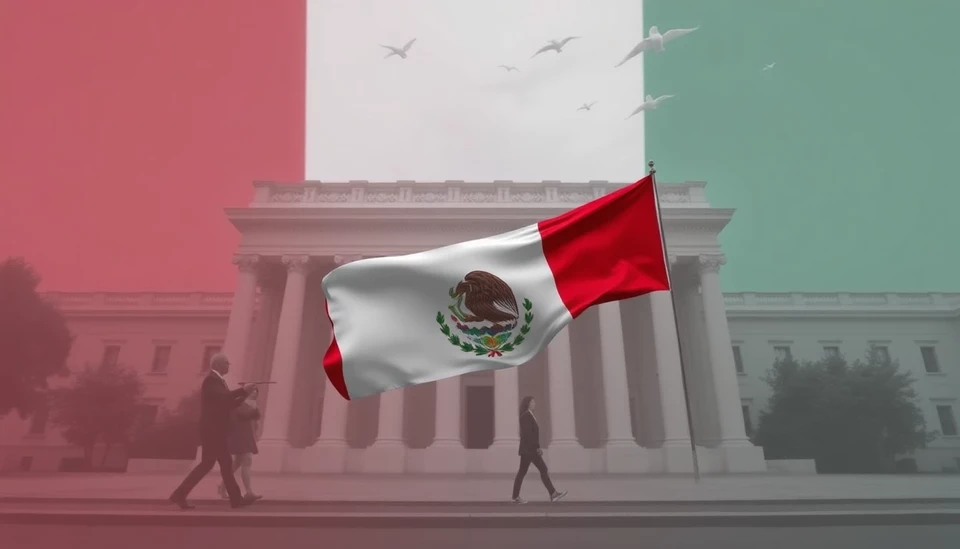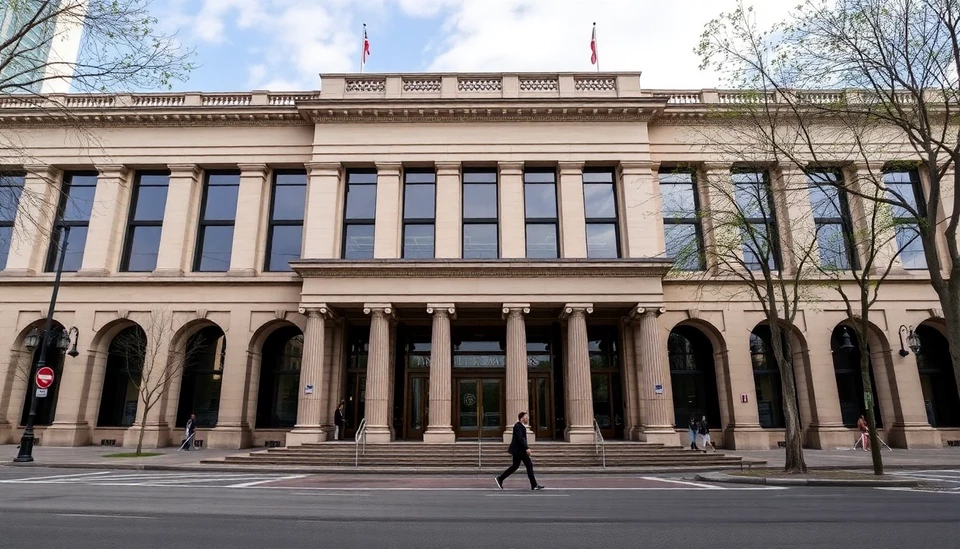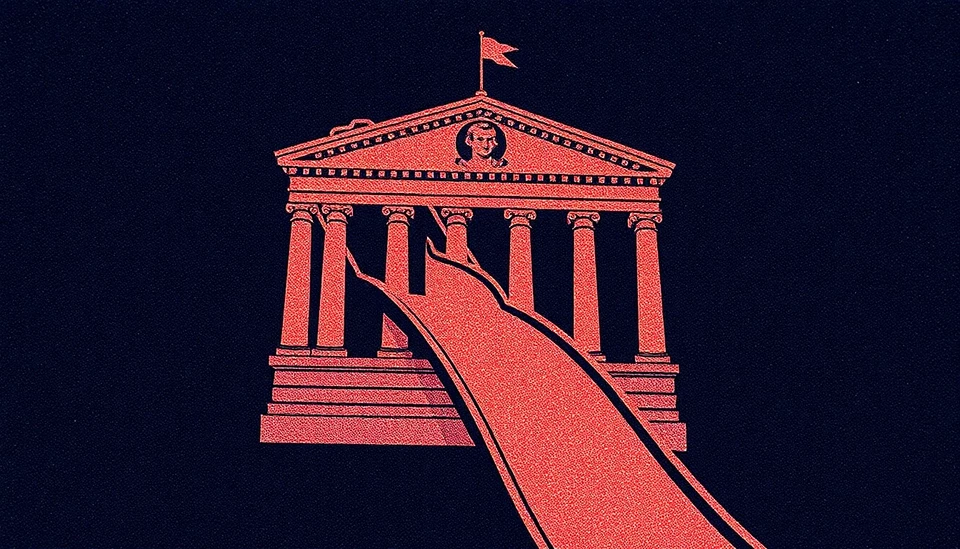
Colombia's economic landscape is showing promising signs as recent data reveals that inflation has dipped to its lowest level in three years. The latest figures, released by the National Administrative Department of Statistics (DANE), reveal that the annual inflation rate has fallen to an impressive 4.6% in March 2025, down from 5.8% in February. This downward trend not only brings relief to Colombian consumers but also strengthens the argument for potential interest rate cuts by the central bank.
The data indicates a marked decline in inflationary pressures amid a backdrop of stabilized food prices and decelerating growth in other key sectors. Economic analysts regard this trend as a potential turning point for Colombia, as it may lead to more favorable lending conditions and a revival of consumer spending.
Central Bank Governor, Leonardo Villar, has previously hinted at the possibility of easing monetary policy, particularly if inflation continues to drop. The latest numbers bolster his stance, as the Central Bank aims to navigate this delicate balance between controlling inflation and fostering economic growth.
Several core categories contributed to this reduction in inflation. Notably, the food inflation component saw a significant downturn, primarily influenced by improvements in agricultural output and favorable climatic conditions that mitigated supply chain disruptions. Moreover, the waning energy costs have also played an essential role, as the government has instituted measures to stabilize fuel prices amidst global market fluctuations.
Market analysts are closely monitoring the implications of this data as they speculate on the upcoming decisions from the Bank of the Republic in its next monetary policy meeting. Many anticipate that if inflation stays at this lower rate, it could lead to a reduction in the benchmark interest rate, a move that would further encourage investment and consumer confidence in the economy.
Furthermore, the International Monetary Fund (IMF) recently suggested that Colombia's economy could benefit from supportive monetary policy, especially given the ongoing global economic uncertainties. This aligns with the positive domestic trends observed, potentially placing Colombia in a favorable position to attract foreign investment as monetary conditions become more favorable.
The Colombian government is poised to leverage these developments as they seek to enhance the economic environment scrutinized for a long time due to high inflation. With elections on the horizon, policymakers are eager to utilize this moment to reinforce public trust in their economic strategies.
As stakeholders in the financial markets respond to these developments, the path ahead appears promising for Colombia. The possibility of lower interest rates combined with a declining inflation rate could invigorate both consumer spending and business investment, setting the stage for a more robust economic recovery in the months to come.
In summary, Colombia stands at a pivotal moment where the convergence of declining inflation rates and potential monetary easing within the central bank could lead to significant economic benefits for the nation. Observers remain cautiously optimistic about the future economic climate as they anticipate the decisions from the Bank of the Republic in light of these new developments.
#inflation #Colombia #interestRates #economicGrowth #investment #recovery
Author: Laura Mitchell




